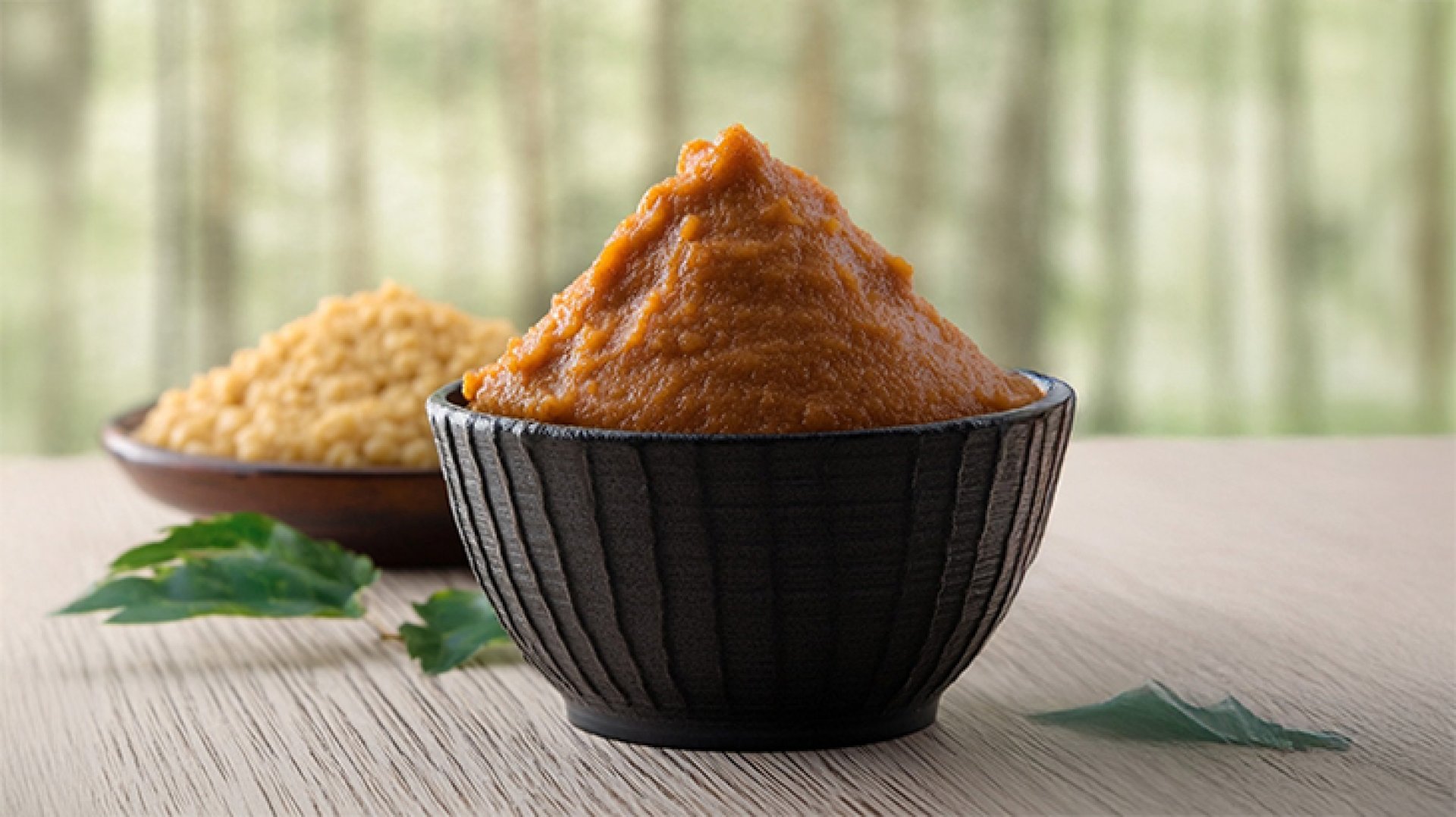Miso

From Chinese Origins to Japanese Identity
Miso, the iconic Japanese seasoning paste, has its roots in ancient Chinese fermented soy products brought to Japan by monks in the Asuka period (6th century). Over time, Japan developed its own fermentation techniques using koji mold and rice, turning miso into a unique culinary identity.
From Aristocratic Delicacy to Household Staple
In the Nara and Heian eras, miso was consumed directly with rice, treasured by the aristocracy, and even used as currency or gifts. Its evolution into a cooking ingredient began in these early periods, as noted in the classic literature Nihon Sandai Jitsuroku.
Miso in Medieval Japan: From Warriors to Farmers
During the Muromachi period, widespread soybean farming made miso accessible to commoners. In the Sengoku period, samurai carried miso as both a seasoning and portable protein source on the battlefieldvalued for its shelf life and nutrition.
Edo Era Boom: Miso as a Culinary Commodity
The Edo period marked an explosion in miso production, with rural makers sending miso to major cities. Restaurants began integrating it into daily cookinglaying the foundation for dishes like miso soup, marinades, and grilled meats.
The Versatility and Value of Miso
Miso offers deep umami, masks fishy odors, enhances flavor, and improves gut health due to its probiotics. Its used in soups, sauces, dressings, glazes, and even dessertsmaking it one of Japans most flexible and essential seasonings.
Regional and Flavor Diversity
- Shiro Miso (White): Mild, sweet, and lightly fermented (Kyoto style)
- Aka Miso (Red): Salty, deep, and long-fermented (Hokkaido style)
- Awase Miso (Mixed): Balanced blend of white and red for daily use
The Art of Fermentation
Made from soybeans, koji, rice or barley, and salt, miso is fermented at controlled temperatures for weeks to years. The longer the fermentation, the darker and stronger the flavorresulting in a broad range of culinary applications.
Miso Goes Global
Today, miso has become a global favorite, embraced not only in traditional Japanese cooking but also in health-conscious, plant-based, and fusion cuisine. Its praised for its probiotic benefits and its ability to elevate even the simplest dishes.


